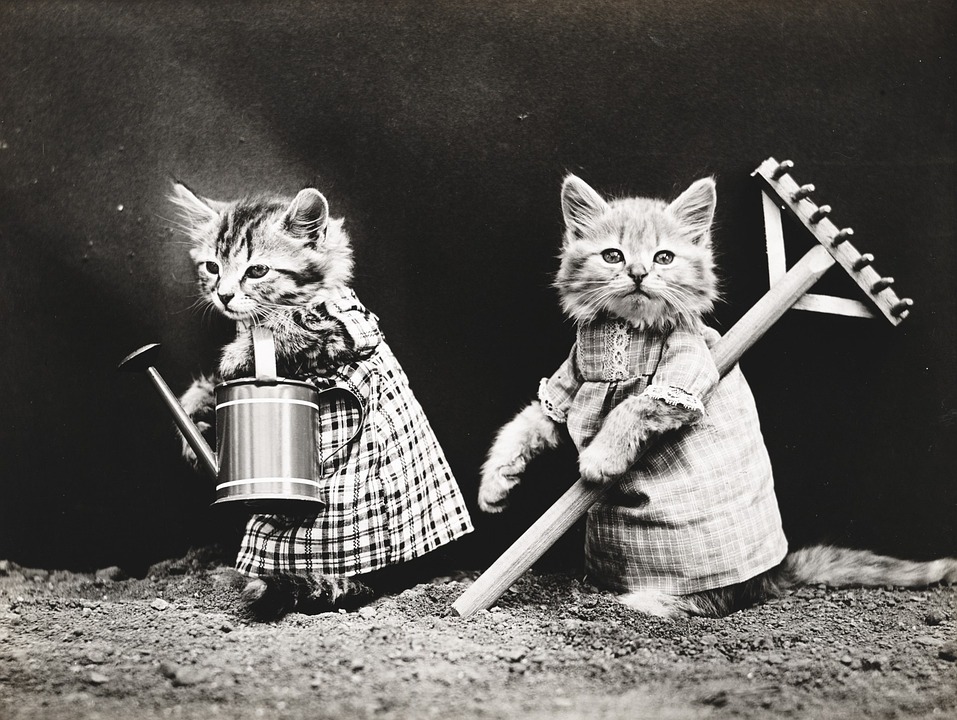Cats are known for their unpredictable behavior, and one particular plant seems to amplify their quirky nature – catnip. Also known as Nepeta cataria, catnip has a profound effect on many feline companions, inducing a wide range of behaviors that can both amuse and confuse their human counterparts. In this article, we will delve into the fascinating world of catnip-induced behaviors, shedding light on why cats go bonkers for this plant and what it means for their overall well-being.
Catnip is a member of the mint family and is native to Europe and Asia. It produces a compound called nepetalactone, which is responsible for triggering the unique reactions we observe in cats. When cats encounter catnip, either by inhaling the scent or consuming it, they often exhibit a series of behaviors that can be both entertaining and intriguing to witness.
When cats are exposed to catnip, it stimulates sensory receptors in their nasal tissue, leading to a cascade of responses in their brain. The exact mechanism behind this reaction is not fully understood, but it is believed that nepetalactone mimics certain pheromones, triggering a response similar to when a cat is in heat. This response is entirely harmless and perfectly natural, allowing your feline friend to enjoy a euphoric experience.
There are several common catnip-induced behaviors that cats may exhibit. One of the most common reactions is rolling and rubbing. Cats may roll on the ground, writhing in apparent ecstasy, or rub their bodies against the catnip source to release more of its scent. This behavior helps distribute the nepetalactone and intensifies their experience.
Catnip can also bring out the kitten in even the most mature cats. Many felines become highly energetic and engage in playful behavior like pouncing, chasing imaginary prey, or zooming around the house. This playful behavior can be a great way for cats to get exercise and mental stimulation.
While catnip tends to have a stimulating effect on most cats, a small percentage may exhibit a calming response. These cats might become more sedate, adopting a tranquil state of mind. This calming effect can be particularly beneficial for cats that experience anxiety or stress.
Some cats become more vocal when under the influence of catnip. They may meow, purr, or even chirp with delight, expressing their excitement and pleasure. This vocalization is another way for cats to communicate their enjoyment of the catnip experience.
Although not all cats are affected by catnip, the ones that are share a genetic predisposition. The sensitivity to catnip is hereditary, with approximately 50-75% of cats showing a positive reaction. Kittens under the age of six months are generally unaffected, and the sensitivity may not develop until they reach sexual maturity.
It’s important to note that not all feline species respond to catnip. Big cats like lions and tigers do not exhibit the same behavior, as the sensitivity to nepetalactone is limited to domestic cats and a few wild feline species.
Catnip is considered safe for most cats to enjoy. It is non-addictive and does not pose any significant health risks. However, it’s essential to provide catnip in moderation, as excessive exposure may lead to overstimulation or aggressive behavior in some cats. Always monitor your cat’s reaction and ensure they have access to fresh water and a safe environment during their catnip-induced adventure.
In conclusion, catnip-induced behaviors are a fascinating aspect of feline life, providing entertainment and enrichment to both cats and their owners. Understanding how catnip affects cats and the wide range of behaviors it can elicit allows us to appreciate this natural phenomenon. Remember, catnip is just one of the many ways to keep your feline friend happy and engaged, so go ahead and indulge them in a healthy dose of catnip-infused fun!








